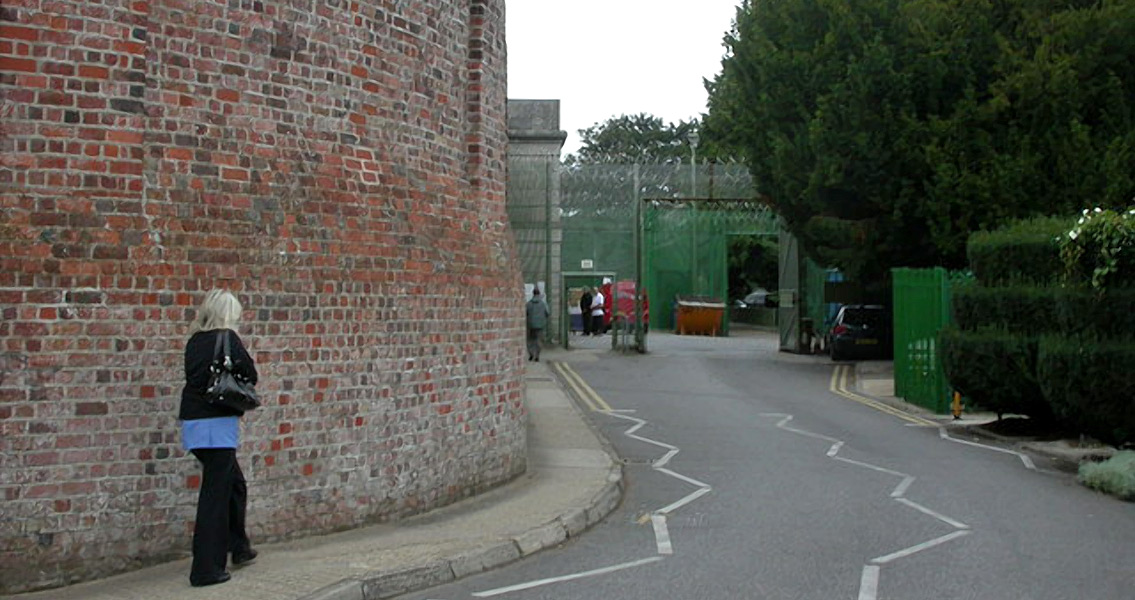<![CDATA[The remains of what may very well have been the inspiration for Thomas Hardy’s Tess of the d’Urbervilles have been found in Dorchester prison, located in Dorset, England. Hardy’s Victorian masterpiece, a novel that follows the life of a woman who murders her rapist and long-time tormentor and is hanged for the crime, is said to have taken form in the author’s mind at the age of sixteen, when he witnessed the hanging of Martha Brown in 1856. Brown had been found guilty of murdering her husband, a violent man who had allegedly taken a whip to her. Archaeologists say they may have found the skull of Brown in an excavation of the defunct prison. The building, which shuttered its doors in 2013, is currently being prepared for the construction of a new mixed-use development that will result in nearly 200 residences and commercial units being built onsite. However, before that can begin, enthusiasts of Thomas Hardy and his seminal work have been campaigning to confirm the identity of the remains and to have them interred in a proper grave – especially so if the skull does belong to Brown. In an interview in The Guardian, Nick Gilbey, a self-avowed Hardy aficionado and filmmaker based in Dorset, said that the prison site should be subjected to a full examination. The possible connection to Tess of the d’Urbervilles and Martha Brown make the remains important, Gilbey added, stating that if indeed the remains discovered are female, it is highly likely that they are from the unfortunate woman who was hanged in 1856. City & Country, the developer for the prison site, commissioned the archaeological survey as part of its planning application. The archaeologists conducting the survey reported that the remains were found in a location typical of the final resting place of convicted murderers – outside of consecrated ground. The report also said that the researchers could not rule out that the remains in question were from such an execution. The skull has yet to be removed from the site, meaning that there hasn’t been a determination as to whether it belonged to a man or a woman. Hardy wrote and published Tess of the d’Urbervilles in 1891, a full 35 years after watching Martha Brown’s execution. However, the author had a reputation for using experiences in his youth as inspiration for his later works, according to the Thomas Hardy Society’s secretary, Mike Nixon. Whether the remains belong to Martha Brown or not, Nixon told The Guardian that they should be respected, though it would of course be quite noteworthy if they did belong to the woman who served as the unwitting inspiration for one of Hardy’s greatest works. Images courtesy of Wikimedia Commons user: Mike Faherty]]>
Remains of Real-Life Tess Of The d’Urbervilles Found?
